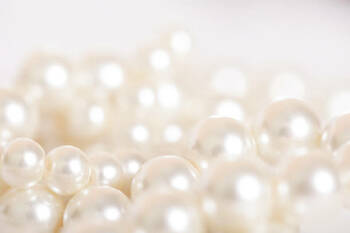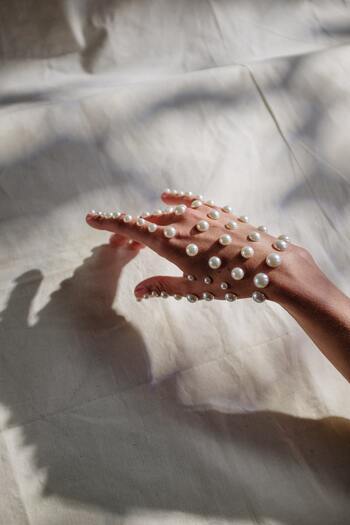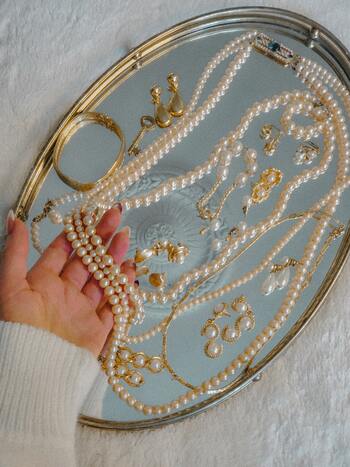
Demystifying Pearl Grading: Unveiling the Truth
Have you ever delved into the intricate world of pearl grading and felt lost in a sea of confusion? If so, rest assured, you're not alone. The complexity lies not with you, but with the absence of a standardized grading system for pearls.
While many consumers are acquainted with the Gemological Institute of America's (GIA) International Diamond Grading system, which assesses diamonds based on the 4Cs (cut, clarity, color, and carat), pearls don't benefit from such a universally recognized institution. Adding to the bewilderment, pearls are evaluated based on seven distinct attributes: luster, surface quality, size, shape, color, nacre thickness, and matching. This multiplicity of criteria leaves ample room for subjective judgment.
In this realm, it's crucial to grasp a fundamental truth when it comes to comparing pearl grades: Every pearl-selling company worldwide employs a grading system of their own creation, leading to inevitable discrepancies.
Pearl Grading Analogized
To elucidate this situation, let's draw a simple analogy: Imagine taking a one-question test in school. You provide the exact same answer to a dozen different teachers, yet you receive a dozen different grades! Some teachers employ letter grades like A, AA, AAA, or even AAAA, while others use numerical values or concoct their own terminology. Each teacher bestows a distinct and arbitrary grade upon the identical response.
It's no wonder confusion reigns supreme!
So, how does this variability manifest among pearl sellers? When pearls are acquired wholesale, a spectrum of quality and pricing options presents itself. Companies then categorize these pearls into their respective grading tiers. What one company deems AAA might equate to another's A grade simply because they select from a pricier, higher-quality range of pearls. The highest-rated pearl according to one vendor's standards may not even meet the minimum requirements for another seller.
Pearl Sorting/Grading/Sorting
With this insight into the world of pearl grading, it becomes apparent that a company's experience and reputation hold more significance than the stated grades. When navigating the realm of pearl vendors, consider the following factors:
- Customer Reviews: Seek feedback from satisfied customers, easily accessible online.
- Industry Reputation: Research the company's standing within the pearl industry.
- Years in Business: Longevity often signifies trustworthiness and expertise.
- Training and Education: Assess the company's commitment to continuous learning and improvement.
- Relationships with Producers: Strong ties with pearl producers can translate to access to superior-quality pearls.
In this landscape, Jeremy Shepherd and Hisano Shepherd, with over 25 years of experience, stand as revered luminaries in the field. Jeremy holds the esteemed position of Vice President of the Cultured Pearl Association of America and authored "Pearls As One," a definitive guide and the Cultured Pearl Association of America's Pearl Specialist Certification Course, undertaken by over 90,000 students worldwide. Hisano, a pearl expert and accomplished jewelry artist, globe-trots to procure pearls from the world's finest producers. Her "little h" pieces grace the collections of celebrities and connoisseurs alike.
This unparalleled level of knowledge and expertise sets them apart in the world of pearls. What's more, Jeremy and Hisano are eager to share their wealth of wisdom through this website and personal consultations.
When you possess pearl jewelry that aligns with the standards set by these masters, you can rest assured that you own genuine quality and lasting value.



